Aesthetic reconstruction of the severely disfigured burned face: a creative strategy for a "natural" appearance using pre-patterned autogenous free flaps
- PMID: 27574662
- PMCID: PMC4964145
- DOI: 10.1186/s41038-015-0014-8
Aesthetic reconstruction of the severely disfigured burned face: a creative strategy for a "natural" appearance using pre-patterned autogenous free flaps
Abstract
The author reviews his pioneering work in aesthetic restoration of the severely disfigured burn face first introduced in 1995 and refined over the past two decades. The reader will be exposed to the step by step approach to achieving cosmetic enhancement and functional rehabilitation of advanced facial burns. The "keystone" of the autogenous reconstruction is the pre-patterned, sculpted microvascular free flap designed to fit like the "piece of a puzzle" into the aesthetic units of the face to replace disfiguring burn scars. Aggressive intraoperative "sculpting" is employed both "in situ" at the donor site and during the flap transfer to simulate the normal facial contours and planes. Comparisons of the author's approach are made to the whole spectrum of reconstructive modalities ranging from conventional grafting to expanded pre-fabricated flaps and even to CTA face transplants; advantages/disadvantages of each are discussed. The pre-patterned, sculpted microvascular (MV) free flap offers the benefit of a single-stage transfer of composite skin/soft tissue hiding the seams at the junction of facial planes. When harvested from distant donor sites, the donor deformities can easily be concealed. The MV free tissue transfer offers the substrate that can be sculpted into nuanced facial components as well as the "palette" upon which the face can be painted with creative camouflage makeup. The soft contour and texture of the autogenous patterned transfers translates into a "natural" facial appearance while preserving fluid motions of facial expression.
Keywords: Autogenous reconstruction; Burn reconstruction; Facial burns; Facial reconstruction; Fascia lata slings; Microvascular free flaps; Pedicled forehead flaps; Pre-patterned flaps; Radial forearm flap; Scapular flaps; Temporoparietal flaps.
Figures
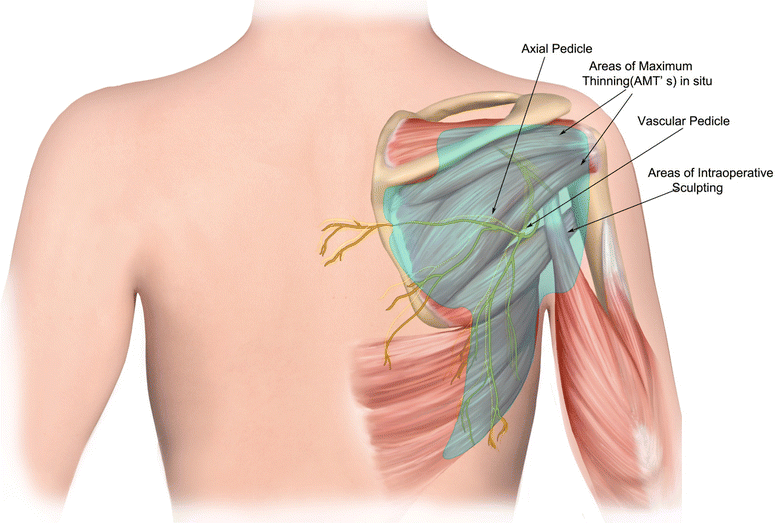
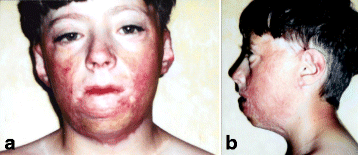


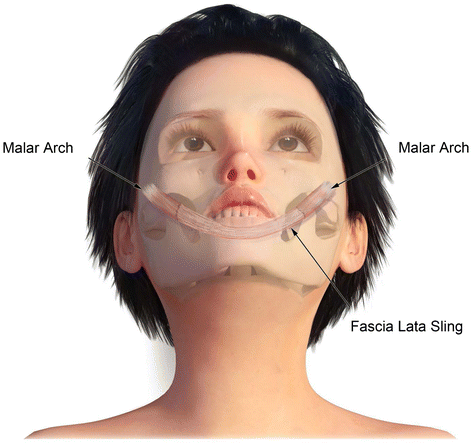
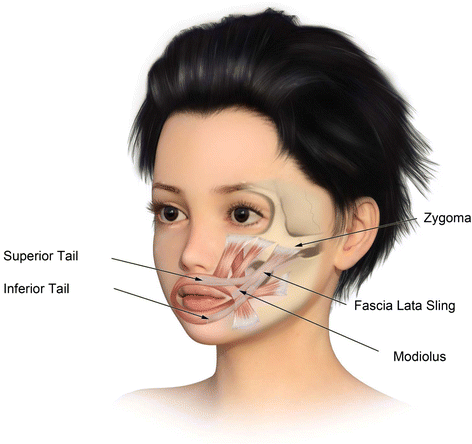

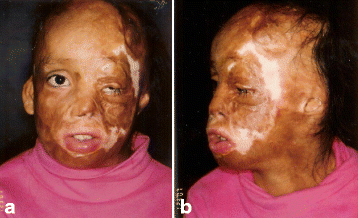



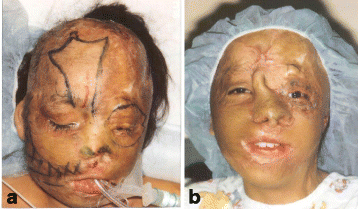
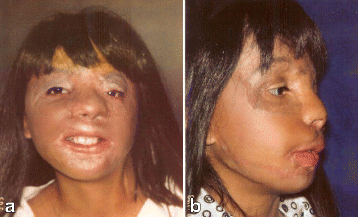
References
-
- Achauer B. Reconstructing the burned face. ClinPlast Surg. 1992;19:623–36. - PubMed
-
- Feldman JJ. Facial resurfacing. In: Brent B, editor. The artistry of plastic surgery. St Louis: Mosby; 1987.
Publication types
LinkOut - more resources
Full Text Sources
Other Literature Sources
Miscellaneous

